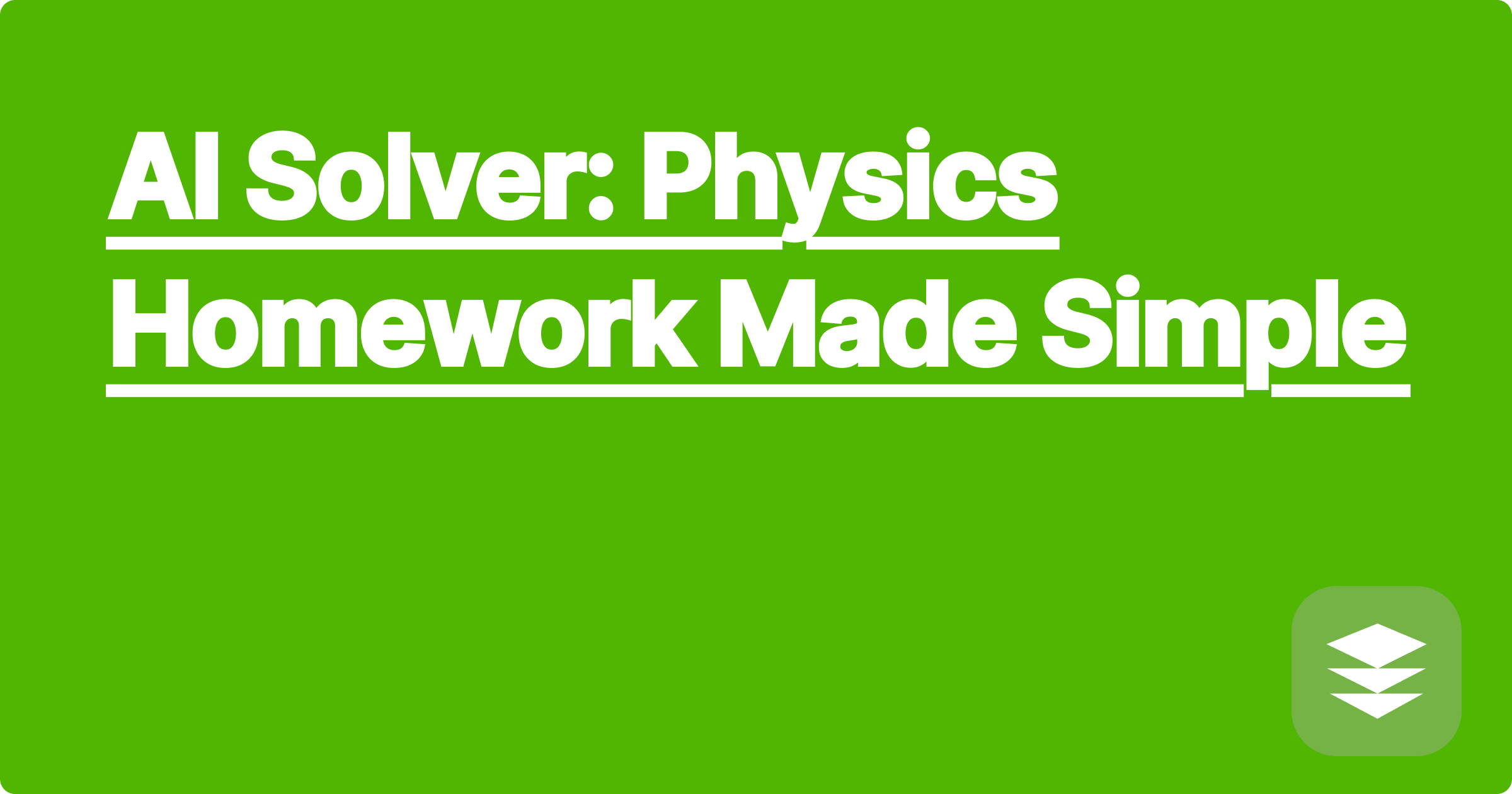
STEM fields, particularly physics, often present complex challenges that can be daunting for students and researchers. Grappling with intricate equations, abstract concepts, and time-consuming problem-solving can hinder progress and understanding. Artificial intelligence (AI) is emerging as a powerful tool to simplify these complexities, offering innovative solutions and accelerating the learning process. AI can assist with everything from understanding fundamental concepts to solving complex equations and even generating creative research ideas.
This shift towards AI-assisted learning and research is crucial for STEM students and researchers in today's fast-paced academic environment. By leveraging AI tools effectively, students can gain a deeper understanding of complex topics, improve their problem-solving skills, and free up valuable time for more advanced exploration. Researchers can utilize AI to analyze vast datasets, identify patterns, and accelerate the pace of scientific discovery. Mastering these tools is becoming increasingly essential for success in STEM fields.
Physics, at its core, involves understanding the fundamental laws governing the universe. This requires a strong grasp of mathematical concepts, including calculus, linear algebra, and differential equations. Students often struggle with applying these mathematical tools to real-world physics problems, which can involve intricate systems with multiple interacting variables. Furthermore, visualizing abstract concepts like quantum mechanics or relativity can be challenging, leading to a lack of intuitive understanding. Traditional learning methods often fall short in providing personalized support and feedback, leaving students struggling to grasp these complex ideas.
AI tools like ChatGPT, Claude, and Wolfram Alpha offer a revolutionary approach to tackling these challenges. ChatGPT and Claude, for instance, can provide step-by-step explanations of complex concepts, answer specific questions, and even generate practice problems. Wolfram Alpha excels at symbolic computation, allowing users to solve equations, perform complex calculations, and visualize mathematical functions. By combining the strengths of these different AI tools, students can create a personalized learning experience tailored to their specific needs.
Let's consider a scenario where a student is struggling with a projectile motion problem. First, the student can describe the problem to ChatGPT or Claude, providing details like the initial velocity, angle of projection, and desired outcome. The AI can then break down the problem into smaller, manageable steps, explaining the relevant equations and concepts. Next, the student can use Wolfram Alpha to perform the necessary calculations, plugging in the given values and solving for the unknowns. Finally, the AI can help the student interpret the results and visualize the trajectory of the projectile. This iterative process allows for a deeper understanding of the underlying physics principles.
Consider a classic physics problem: calculating the trajectory of a projectile launched at an angle θ with an initial velocity v₀. The horizontal and vertical components of the initial velocity are given by v₀x = v₀cos(θ) and v₀y = v₀sin(θ), respectively. Using these components, one can calculate the time of flight, maximum height, and range of the projectile using the equations of motion under constant acceleration. Wolfram Alpha can directly solve these equations given the initial conditions. For example, entering "projectile motion v0=20 m/s, angle=30 degrees" into Wolfram Alpha provides a comprehensive analysis, including plots of the trajectory, velocity, and acceleration. Similarly, ChatGPT can explain the derivation of these equations and provide conceptual insights.
Another example is solving differential equations that govern physical phenomena like oscillations or radioactive decay. Instead of tedious manual calculations, students can use Wolfram Alpha to solve these equations symbolically, providing general solutions and specific solutions for given initial conditions. Moreover, AI tools can help visualize the solutions, aiding in the understanding of the underlying physical processes.
To maximize the benefits of AI in STEM education and research, it's crucial to develop effective strategies. First, clearly define the problem or concept you want to explore. This will help you formulate specific questions for the AI and ensure you receive relevant information. Second, experiment with different AI tools to discover their strengths and weaknesses. For instance, ChatGPT excels at explaining concepts, while Wolfram Alpha is better suited for symbolic computation. Third, don't rely solely on AI. Use it as a supplement to your learning, not a replacement for textbooks and lectures. Fourth, critically evaluate the information provided by AI. Always double-check results and ensure they align with your understanding of the underlying principles. Finally, explore the advanced features of these tools, such as code generation and data analysis capabilities, to further enhance your learning and research.
To conclude, AI tools like ChatGPT, Claude, and Wolfram Alpha offer a powerful suite of resources for STEM students and researchers. By embracing these technologies and developing effective strategies for their use, students can overcome challenging concepts, enhance their problem-solving skills, and deepen their understanding of physics. Researchers can leverage AI to accelerate the pace of scientific discovery, analyze complex datasets, and explore new frontiers of knowledge. The future of STEM learning and research is intertwined with the intelligent use of AI, and embracing these tools today is a crucial step towards success. Start exploring these tools and discover how they can transform your approach to physics and other STEM fields.
AI Homework Help: STEM Solutions
Ace STEM Exams: AI Study Guide
AI for Labs: Data Analysis Made Easy
AI Solver: Physics Homework Made Simple
Master Math: AI Study Companion
AI in Engineering: Design Optimization
AI for Chemistry: Homework Ace